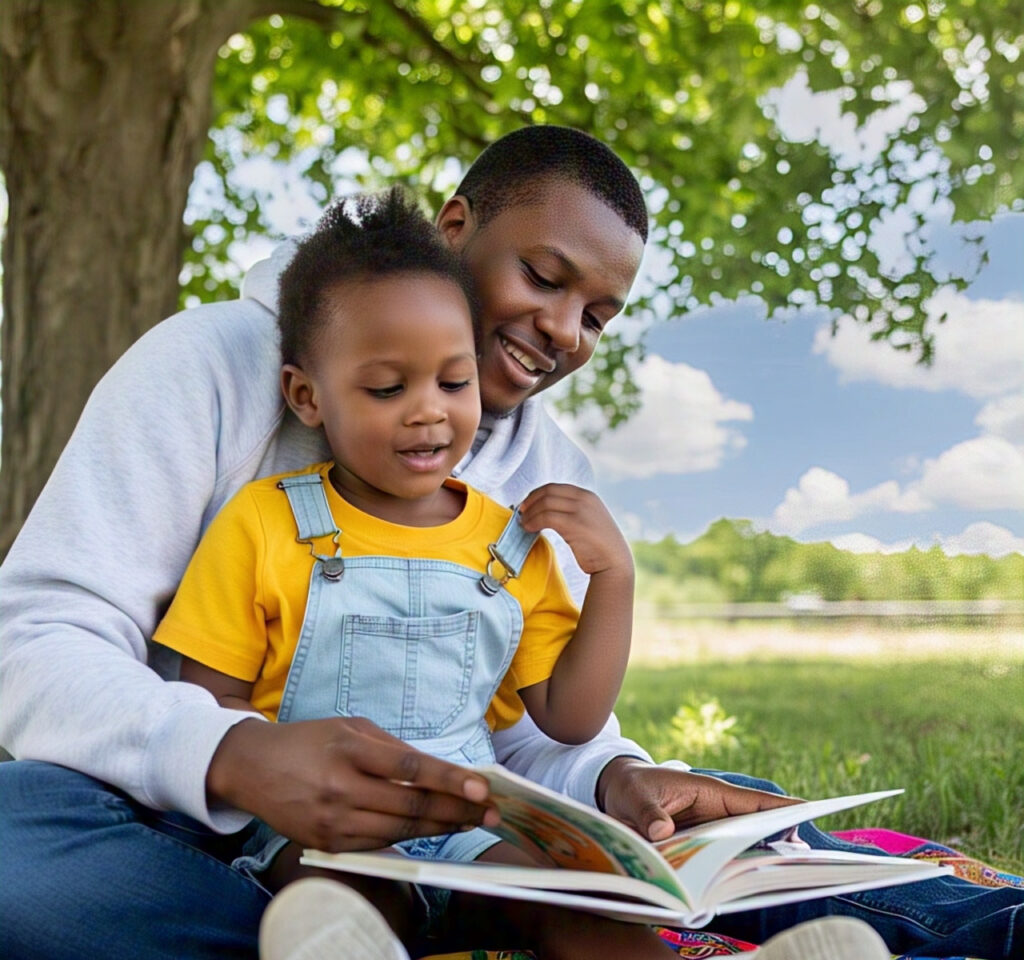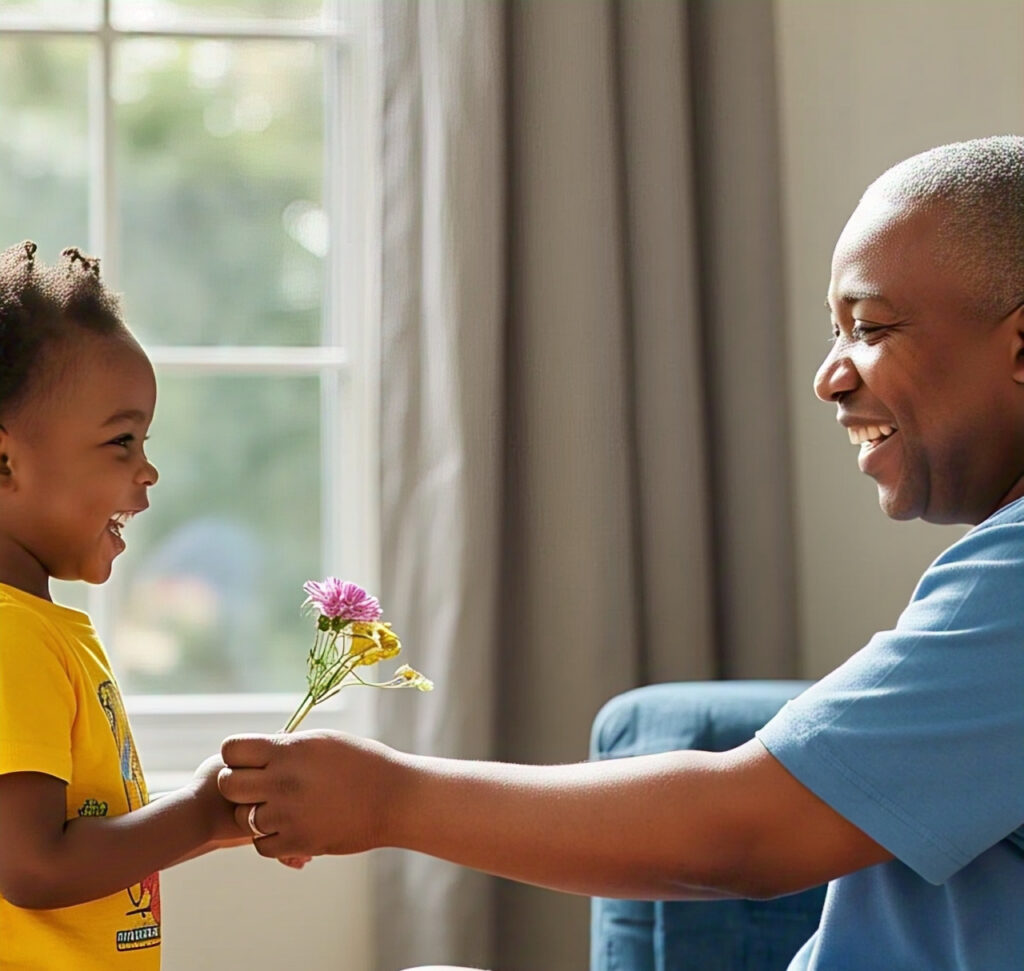Learn, Grow, and Evolve: The Power of Reading
A Quiet Power: Why Reading Matters A quiet kind of magic unfolds when you open a book. It creates a stillness that draws you in, inviting your mind to wander, your heart to open, and your soul to expand. The power of reading lies in this gentle transformation. The way words on a page can […]
Learn, Grow, and Evolve: The Power of Reading Read More »


